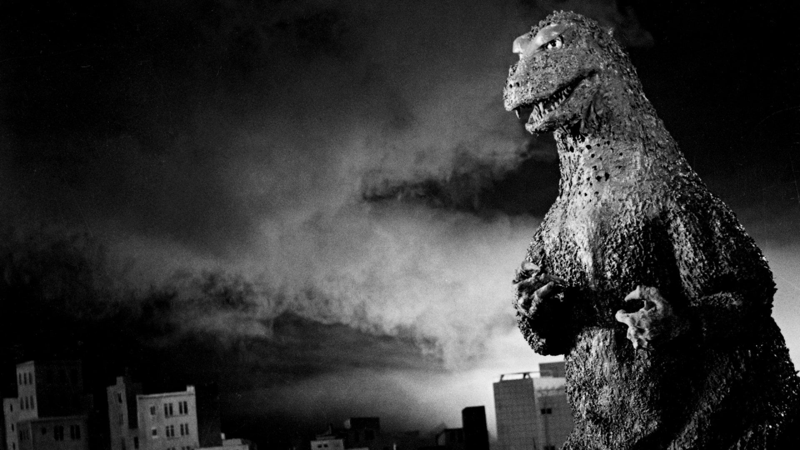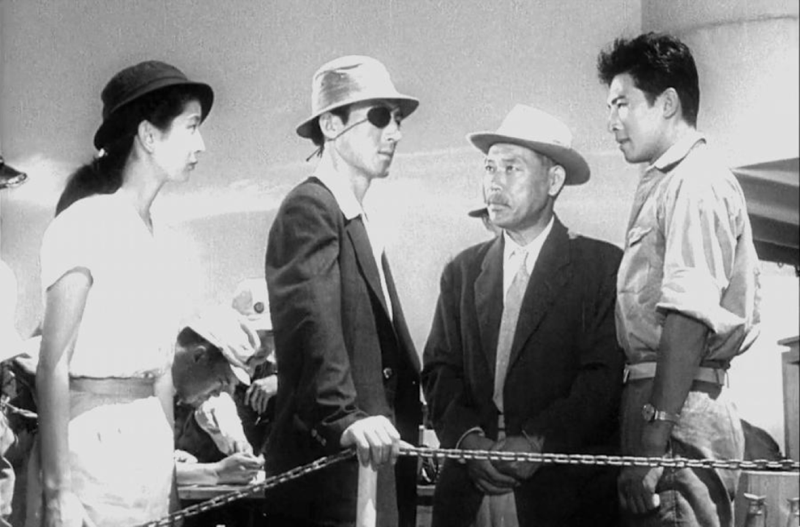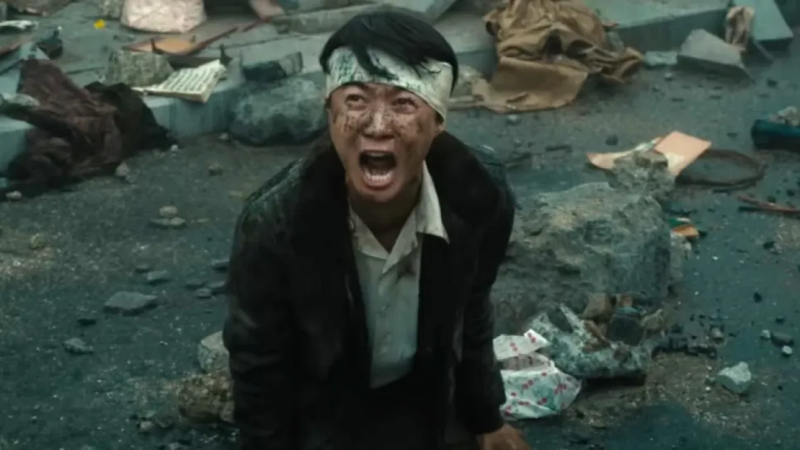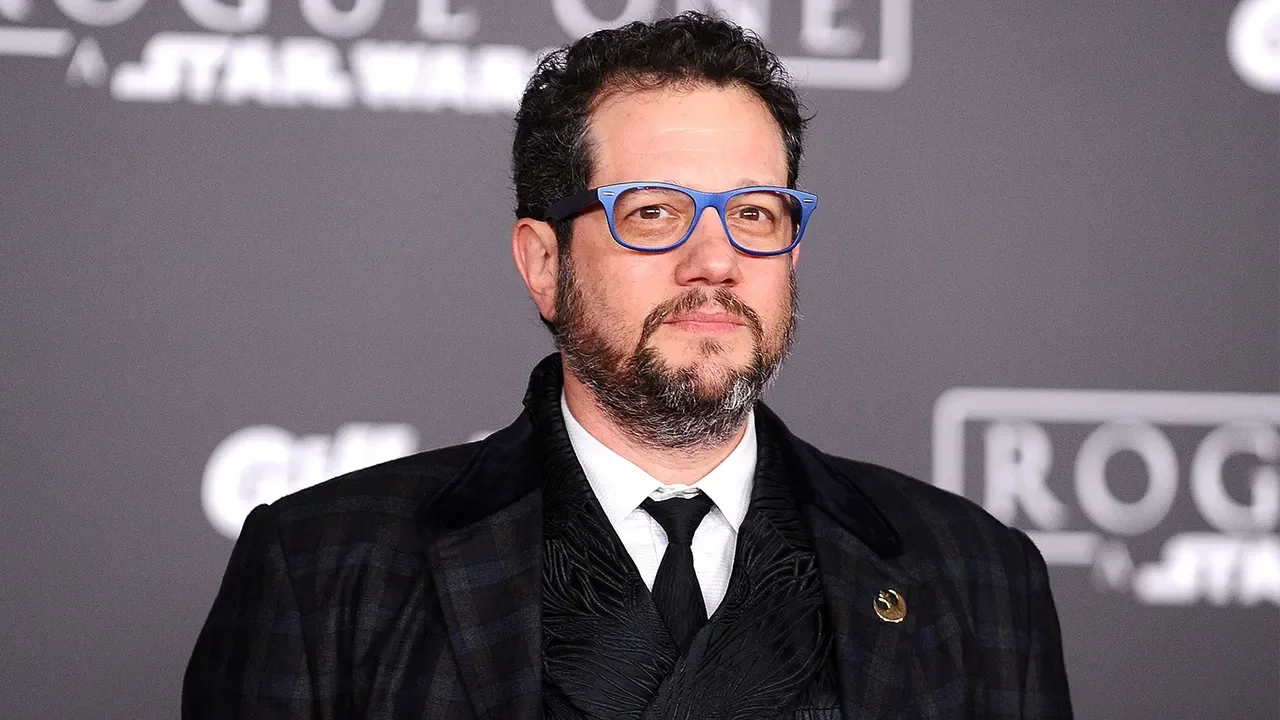'Godzilla' (1954) Retrospective
Image Source: Deviantart.com
Thanks to my 10-year-old son, I have been introduced to the Godzilla/Kaiju Universe. And what a world it is! December 2024 will mark 70 years since the nuclear lizard first swam ashore to wreak havoc upon Tokyo and the surrounding areas of Japan. The original film was a treatise on the effects of nuclear war couched inside a 50’s monster flick, yet it has spawned 36 sequels and over a dozen kaiju and alien friends and foes. How has Godzilla managed to stay relevant for the past 70 years?
Called upon by Toho Production Studio’s Tomoyuki Tanaka to direct, Ishiro Honda stepped hesitatingly into this responsibility. Before this, Honda had made his name from directing romance films and niche subjects. He had no experience with monster films before, but he was very interested in science. Also using the talents of the scriptwriter Shigeru Kayama and special effects director Eiji Tsuburaya, it seemed that the film could be pulled off.
RELATED:
Image Source: Themoviedb.org
Drawing on talent just displayed in the classic Kurosawa film, The Seven Samurai, Takashi Shimura joined the cast, along with neophyte actors Momoko Kochi and Akira Takarada as the romantic leads (yes, romance in a monster film!). Also joining from The Seven Samurai was the man inside the suit himself, Haruo Nakajima. With Akira Watanabe as the monster’s costume designer and concert composer Akira Ifukube signed on for the film’s score, the movie seemed ready to come together.
And come together it did! The plot is based on the Japanese people’s well-founded fear of nuclear catastrophe, which, unfortunately, did not diminish after World War II. After the war, the United States continued to test its hydrogen bomb in the Pacific, in an area known as Bikini Toll. One day while these tests were being conducted, a Japanese fishing boat, Daigo Fukuryu Maru (#5 Lucky Dragon), sailed through the radioactive dust from pulverized coral, exposing the crew and the fish they had caught to radiation. This caused a massive panic throughout Japan. Onscreen, this terror is symbolized by Godzilla, an ancient sea creature that is awakened by the nuclear testing. Once awakened, Godzilla capsizes a ship (the name of which is the #5), destroys a village, and then comes ashore at Tokyo Bay, destroying Tokyo’s landmarks and residents.
As Godzilla has the power of an atomic bomb, the Japanese military is powerless to stop it. All hope lies with Dr. Daisuke Serizawa, who works alongside the paleontologist Kyohei Yamane who went to investigate the strange occurrences at the village where Godzilla first surfaced. Dr. Serizawa has invented the Oxygen Destroyer, a device that kills through asphyxiation. Dr. Serizawa and Yamane’s daughter, Emiko are also betrothed to each other through an arranged marriage - but, she is in love with a boat captain, Hideto Ogata - hence, the aforementioned romance. Dr. Serizawa is reluctant to allow his Oxygen Destroyer to be used, as he does not want the responsibility of another weapon unleashed in the world; however, after seeing the devastation that Godzilla has caused and will continue to do, he realizes there is no other choice. After destroying his notes explaining how the Oxygen Destroyer is made, Dr. Serizawa accompanies Yamane, Emiko, Ogata, and other members of the military to Tokyo Bay where he goes into the water after Godzilla and deploys the weapon. He also cuts his oxygen line, choosing to commit suicide so the secret of his weapon will go to the grave with him - and also freeing Emiko to be with Ogata.
Image Source: gofatherhood.com
So, what is the secret of the endurance of Godzilla 70 years later? After all, it is a black-and-white movie with a man in a large suit for special effects. Like all classics, Godzilla has a theme that we can relate to decades later. As Honda later explained what Godzilla was for him: “It became a matter of … the feeling that I was trying to create as a director. Namely, an invisible fear”. Honda admitted to having nightmares of the devastated Hiroshima and Tokyo he had seen during the war. For him, making Godzilla was bringing into concrete form his fears. Don’t we all have abstract fears, whether it’s health, finances, or family issues? Being able to see your fear brought into a form that can be defeated can be a very cathartic experience. That was what Godzilla was able to do for its audiences.
Godzilla also shows the changing of society, which has been ongoing since there have been societies. By Serizawa committing suicide and thereby breaking his betrothal to Emiko, she can be with her true love, Ogata. Japan had just endured a huge societal upheaval with its defeat in World War II.
Going from a proud military heritage to one that embraces pacifism and denounces war as a means to bring about an end, the ending of Godzilla also shows the changes in society that embrace true, rather than, dictated love. This is a common theme in many cultures and has been shown onscreen in different ways: Titanic, The Notebook, Shakespeare in Love, and Brokeback Mountain, to name just a few. Being able to navigate the winds of change is a universal theme for anyone, and, even in monster form, Godzilla shows these societal changes.
Image Source: Cinemablend.com















